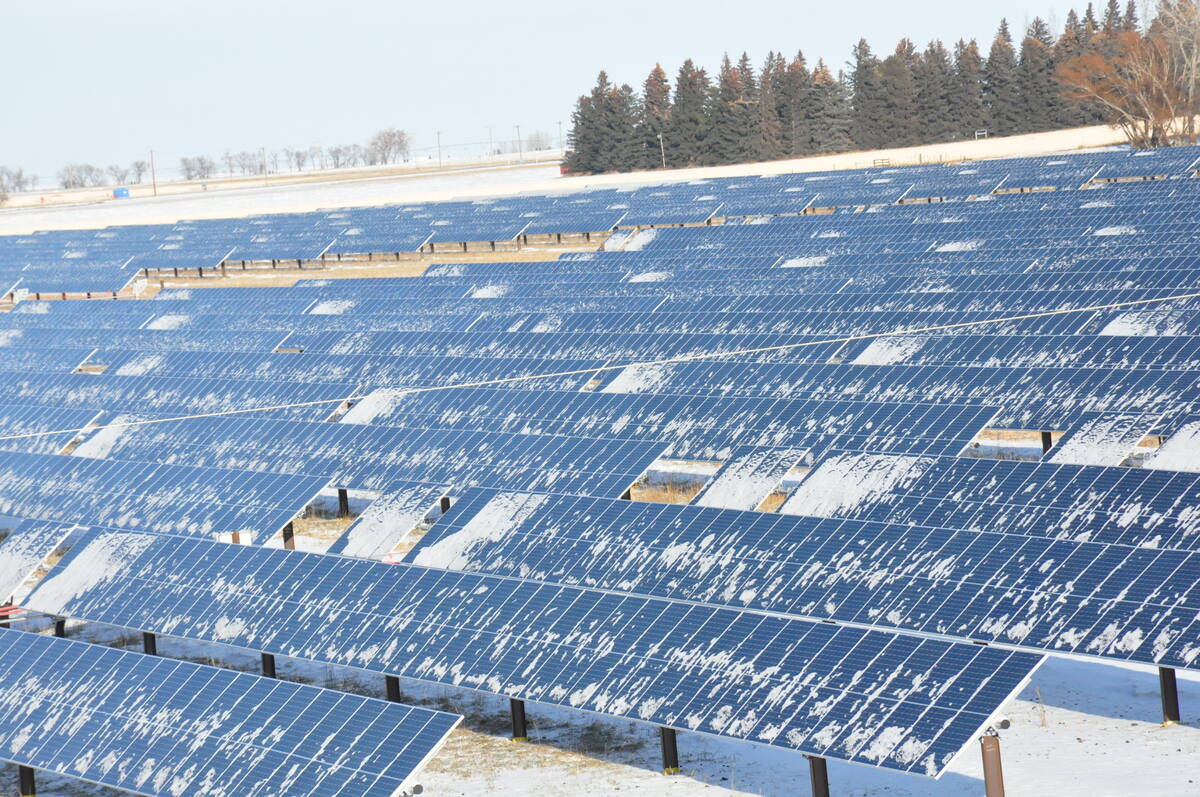Reuters – The stoppage of grain exports out of Ukraine was confirmed February 28, as the country said all ports will be closed until the end of the Russian invasion, though there is a chance that supplies for the next season out of both Ukraine and Russia could also be in jeopardy pending the outcome of the war.
Spring grain planting is right around the corner for both countries, most importantly corn for Ukraine and spring wheat for Russia, and it is unclear whether the ongoing conflict will impact production either physically or economically.
Read Also

Why agriculture is Canada’s energy ace
Why isn’t agriculture getting more play in Canada’s quest for efficient, renewable energy production? It should be
Ukraine accounts for 16 per cent of world corn and 12 per cent of world wheat exports, and top wheat supplier Russia covers 17 per cent of trade. Ukraine still has a good deal of its 2021 corn crop to ship and Russia has yet to plant 30 per cent of its 2022 wheat crop.
Ukraine and the United States are the lone world corn suppliers while Argentina and Brazil’s crops are in progress. Although Ukraine’s accumulated exports are up sharply from last year’s thin season, the shipment stall comes at a bad time since there is still a lot of progress left.
As of February 21, the country had exported 18.7 million tonnes of corn out of the 33.8 million the Agriculture Ministry predicts for the 2021-22 season ending June 30. As well, and confirming the port closures, Ukraine reported damage to some facilities.
Even if ports were open, international traders would likely hesitate to send vessels to Ukraine. Two commercial ships were hit by Russian missiles Feb. 25, near the Ukrainian Port of Odessa.
Ukrainian farmers harvested a record corn crop in 2021-22 of 42 million tonnes, though they had been apprehensive late last year as to whether they could repeat in 2022-23 due to high input costs, but now the conflict may put the physical planting into question.
More than 95 per cent of Ukraine’s wheat is winter sown and most of it is in good condition, but farmers planted notably fewer hectares than originally expected based on the high costs of nitrogen fertilizers and gas as well as dry weather.
Russia’s winter crop accounts for about 70 per cent of total output, meaning 30 per cent has yet to be planted, and it is unclear whether recent economic troubles would impact growers’ ability to secure inputs or financing. Russia’s currency free-fell to an all-time low February 28 on harsh economic sanctions from the West.
Russia’s spring wheat is planted in the Siberian, Ural and Volga districts and is heaviest in May, lasting into June. Spring wheat yields are much lower on average than winter ones and can be more volatile.
An interruption to 2022-23 grain supplies in Ukraine would be easily noticeable as the majority goes to exports and little gets put into storage. Ukraine ships more than two-thirds of its annual wheat harvest and 80 per cent of its corn.
Per U.S. Department of Agriculture data, Ukraine’s corn stocks to use in 2021-22 is about 3.5 per cent for corn and 6.2 per cent for wheat. That compares with the United States at 33 per cent for wheat, an eight-year low, and 10 per cent for corn, above last year but below the five-year average near 14 per cent.
Russia ships only half of its wheat crop each year and it has more left over at the end of the season versus Ukraine. USDA shows Russia’s 2021-22 stocks to use at 14 per cent, close to typical levels.
A severe disruption in spring planting in Ukraine would also have a large impact on the global vegetable oil market as the Black Sea country supplies half of sunflower oil trade. Sunflower seed plantings in Ukraine last year topped those for corn by at least one million hectares (2.5 million acres).















